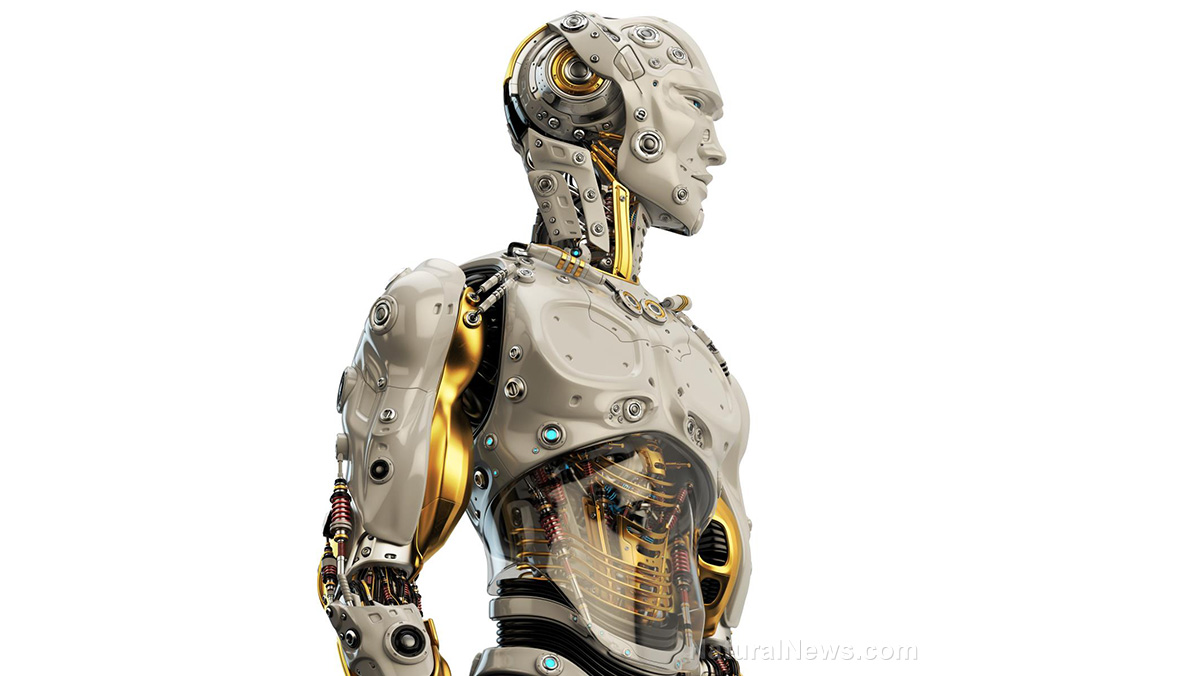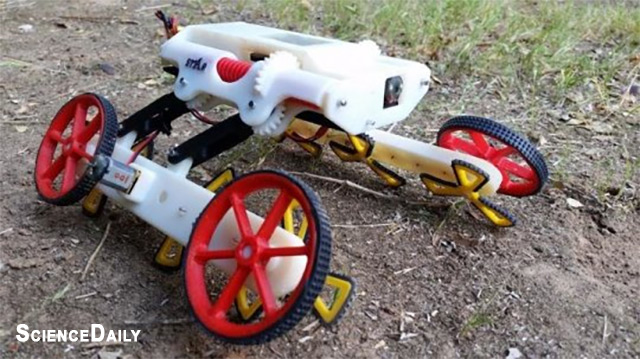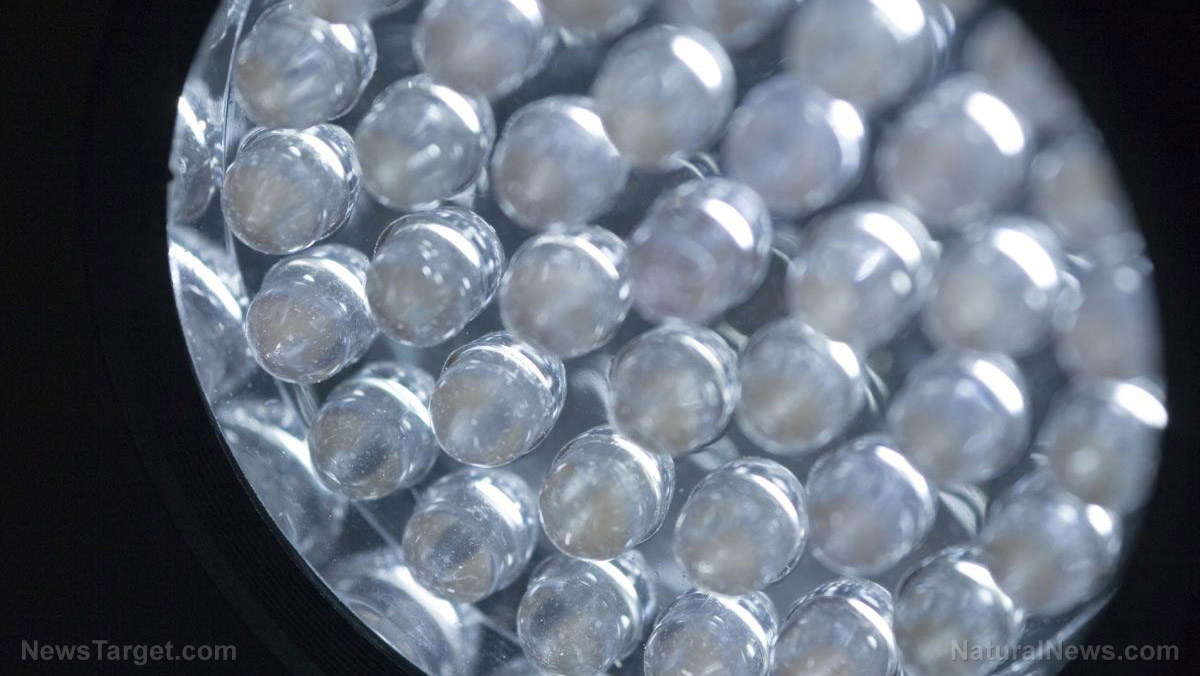Scientists have created robots that have rib cages, flexible spines, and can SWEAT
01/05/2018 / By Earl Garcia

A team of researchers at the University of Tokyo developed a pair of humanoid robots that can carry out a wide range of life-like activities — such as doing push ups, sit ups, and stretches as well as playing badminton and other complicated motions — in a less mechanical manner compared with most automatons. The robots, called Kengoro and Kenshiro, were designed in such a way that mimics the human body’s muscular and skeletal systems. Kenshiro was developed between 2011 and 2014, while Kengoro was developed from 2015 onward.
“For at least the last two millennia, human beings have endeavored to understand the systems and mechanisms that make up the human body. However, a limitation of conventional humanoids is that they have been designed on the basis of the theories of conventional engineering, mechanics, electronics, and informatics,” lead researcher Yuki Asano told Daily Mail online.
The scientists used aluminum, steel, and plastic as a frame for the humanoid robots. They also designed synthetic joints and ligaments to allow the robots to move. Both Kengoro and Kenshiro feature rib cages and flexible spines. A combination of electrical motors, mechanical parts, wires, and sensors that were carefully linked together made up the robots’ multi-jointed spine and muscles. The robots were also outfitted with an artificial central nervous system that helps maintain balance and stability. High tech processing power was also used to give the robots the ability to act and react independently.
“By contrast, our intent is to design a humanoid based on human systems, including the musculoskeletal structure, sensory nervous system, and methods of information processing in the brain. Our research team has successfully developed musculoskeletal robots. They imitate the human musculoskeletal structure, support the flexible body and behaviors of humans, and support human-style muscle actuation using tendon-driven actuators,” Asano added.
Humanoid robots can sweat during activities, experts say
The scientists added that the robot Kengoro can even produce sweat, largely due in part to a cooling system designed to let water seep through the porous layers of the robot’s frame. This feature enables the water to eventually evaporate and cool the robot’s 180 motors, the research team explained. (Related: Taking orders from the cat: Scientists have created an AI cat robot to keep the elderly company and remind them to take their medication.)
To achieve this feat, the experts tweaked the robot’s frame and programmed more functions including liquid transfer, heat release, and support. The aluminum-based frame was printed using a laser that sintered the powered metal. The scientists explained that each bone features a porous honeycomb-like layer that retain water, which was subsequently released when the robot performs strenuous activities and starts to overheat. The water that was released in the inner porous layer of the bones then travels to more porous areas near the frame’s surface where it readily evaporates.
The experts touted that one cup of deionized water can help Kengoro function for half of the day without overheating. Likewise, the research team noted that the robot can perform push-ups for 11 minutes straight. However, the scientists cautioned that Kengoro needs to stay hydrated in order to maintain the cooling system’s function.
“A sponge-like metal material, created using a 3-D printer, is used in part of the skeletal structure. We have designed a cooling system that makes water seep through the material and evaporate. Our sensor data can point to which muscles contribute to specific physical activities. We hope such data can be applied in the fields of medicine or athletics, where insight gained can be utilized for rehabilitation and training,” Asano explained in a The Japan Times article.
Visit Robotics.news to know more about the latest developments in robotics and artificial intelligence.
Tagged Under: artificial intelligence, future science, future tech, robot, robotics, science



















